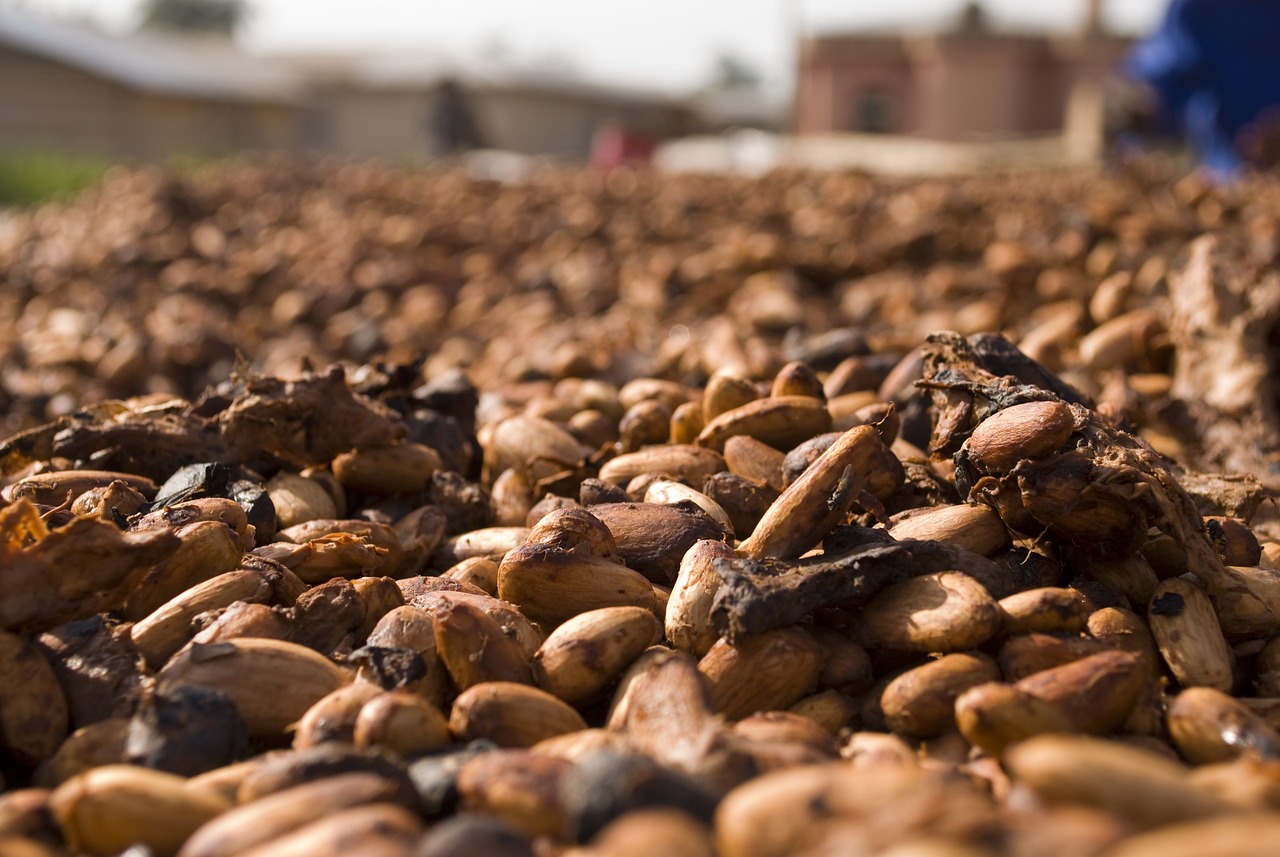Cocoa Prices Fall on Demand Concerns and British Pound Strength

March ICE NY cocoa (CCH25) Thursday closed down -143 (-1.40%), and March ICE London cocoa #7 (CAH25) closed down -148 (-1.83%).
Cocoa prices dropped to 1-week lows Thursday on negative carryover from Tuesday when Mondelez executives said that chocolate prices could rise as much as 50% due to the surge in cocoa prices, which would curb chocolate demand.
Thursday's rally in the British pound (^GBPUSD) to a 2-month high also weighed on London cocoa prices. The stronger pound undercuts cocoa priced in terms of sterling.
Cocoa prices have recently been undercut by concern about slowing cocoa demand. Chocolate maker Hershey said on February 6 that high cocoa prices are forcing it to reformulate recipes by replacing cocoa with other ingredients. Chocolate maker Mondelez International on February 4 pointed to a potential slowdown in chocolate demand when CFO Zarmella said, "We are seeing signs, particularly in parts of the world like North America, where cocoa consumption is coming down."
Concern about slowing Ivory Coast cocoa exports is a supportive factor for cocoa prices. While government data Monday showed Ivory Coast farmers shipped 1.34 MMT of cocoa to ports so far in this marketing year from October 1 to February 16, up +20% from last year, the pace has fallen from the 35% rise seen in December.
Tight global cocoa inventories are bullish for prices. ICE-monitored cocoa inventories held in US ports have been trending lower for the past 1-1/2 years and fell to a 21-year low of 1,263,493 bags on January 24. However, cocoa inventories have since recovered to 1,403,993 bags as of Thursday.
High cocoa prices reduced cocoa demand in Q4, as seen in the quarterly grinding reports. On January 9, the European Cocoa Association reported that Q4 European cocoa grindings fell -5.3% y/y to 331,853 MT, the lowest in more than 4 years. Also, the Cocoa Association of Asia reported that Q4 Asian cocoa grindings fell -0.5% y/y to 210,111 MT, also the lowest in 4 years. In addition, the National Confectioners Association reported that Q4 North American cocoa bean grindings fell -1.2% y/y to 102,761 MT.
In a bullish factor, the International Cocoa Association (ICCO) on November 22 raised its 2023/24 global cocoa deficit estimate to -478,000 MT from May's -462,000 MT, the largest deficit in over 60 years. ICCO also cut its 2023/24 cocoa production estimate to 4.380 MMT from May's 4.461 MMT, down -13.1% y/y. ICCO projected a 2023/24 global cocoa stocks/grindings ratio of 27.0%, a 46-year low.
On the date of publication, Rich Asplund did not have (either directly or indirectly) positions in any of the securities mentioned in this article. All information and data in this article is solely for informational purposes. For more information please view the Barchart Disclosure Policy here.